
How to Use Jetson nano : Examples, Pinouts, and Specs
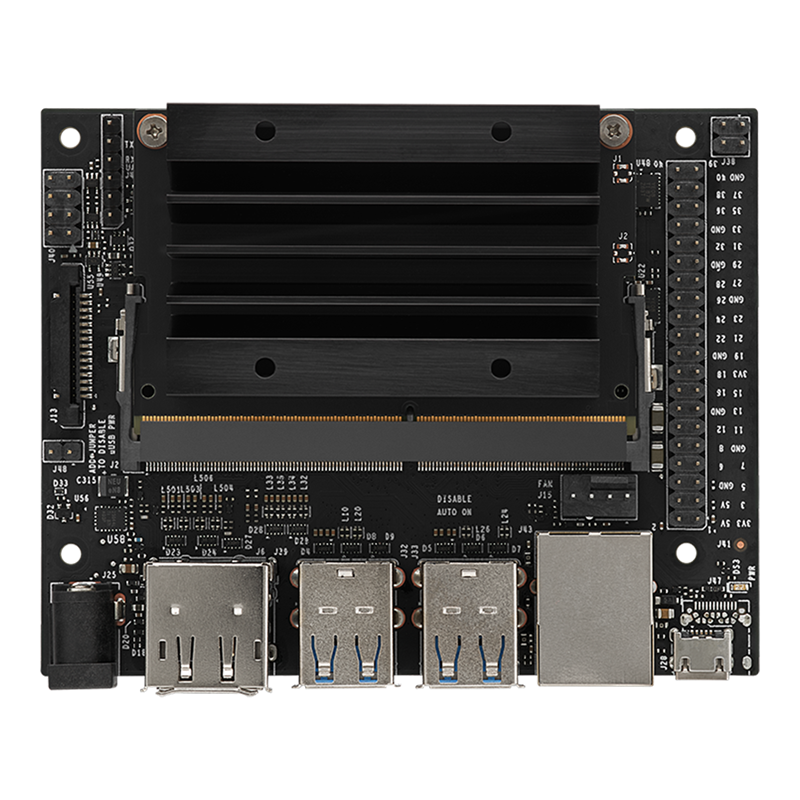
 Design with Jetson nano in Cirkit Designer
Design with Jetson nano in Cirkit DesignerIntroduction
The NVIDIA Jetson Nano is a small yet powerful computer designed specifically for artificial intelligence (AI) and machine learning (ML) applications. It features a quad-core ARM Cortex-A57 CPU and a 128-core Maxwell GPU, making it an excellent choice for robotics, embedded systems, and edge AI projects. The Jetson Nano provides developers with the computational power needed to run modern AI frameworks and process high-resolution sensor data in real-time, all while maintaining a compact and energy-efficient design.
Explore Projects Built with Jetson nano
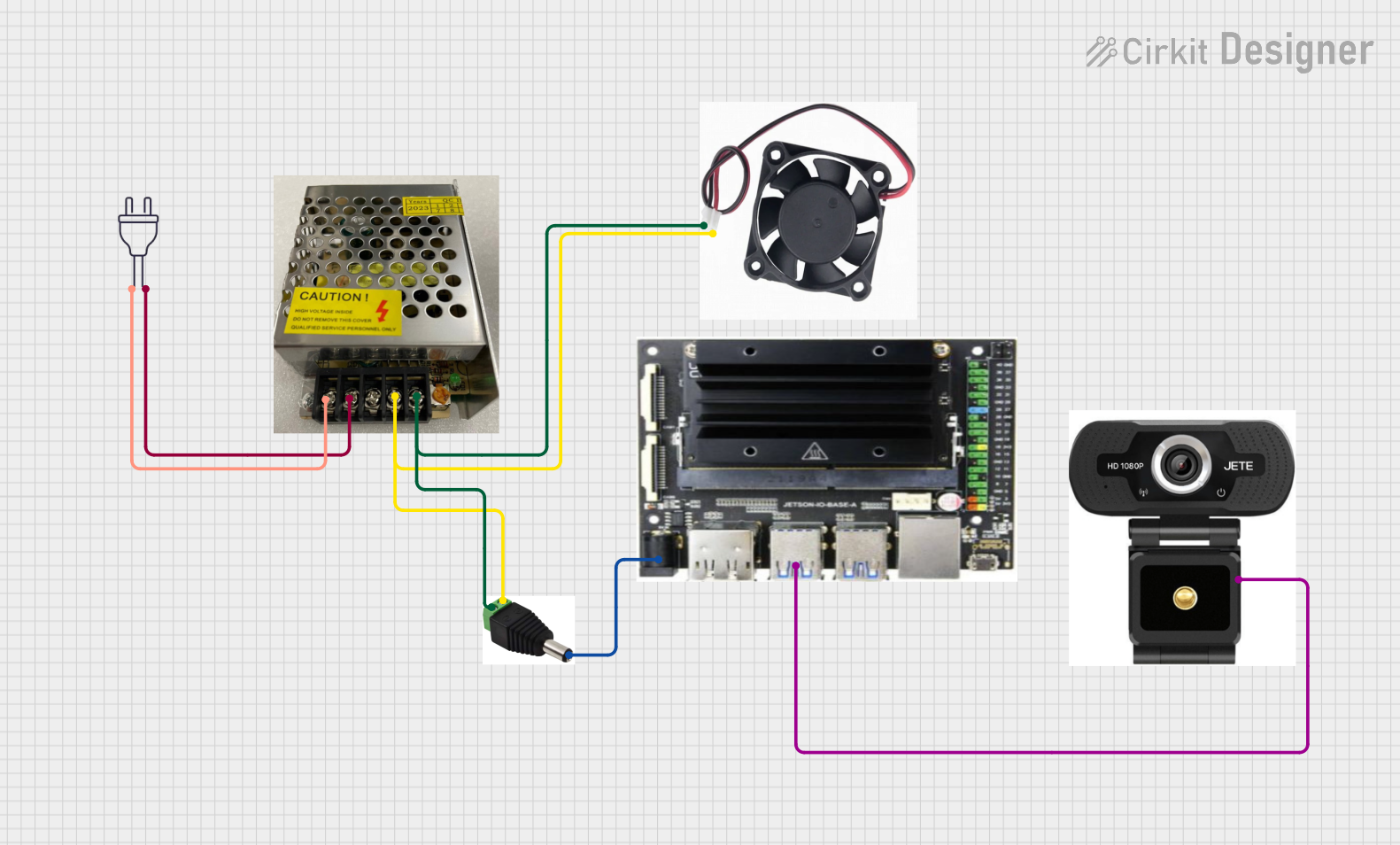
 Open Project in Cirkit Designer
Open Project in Cirkit Designer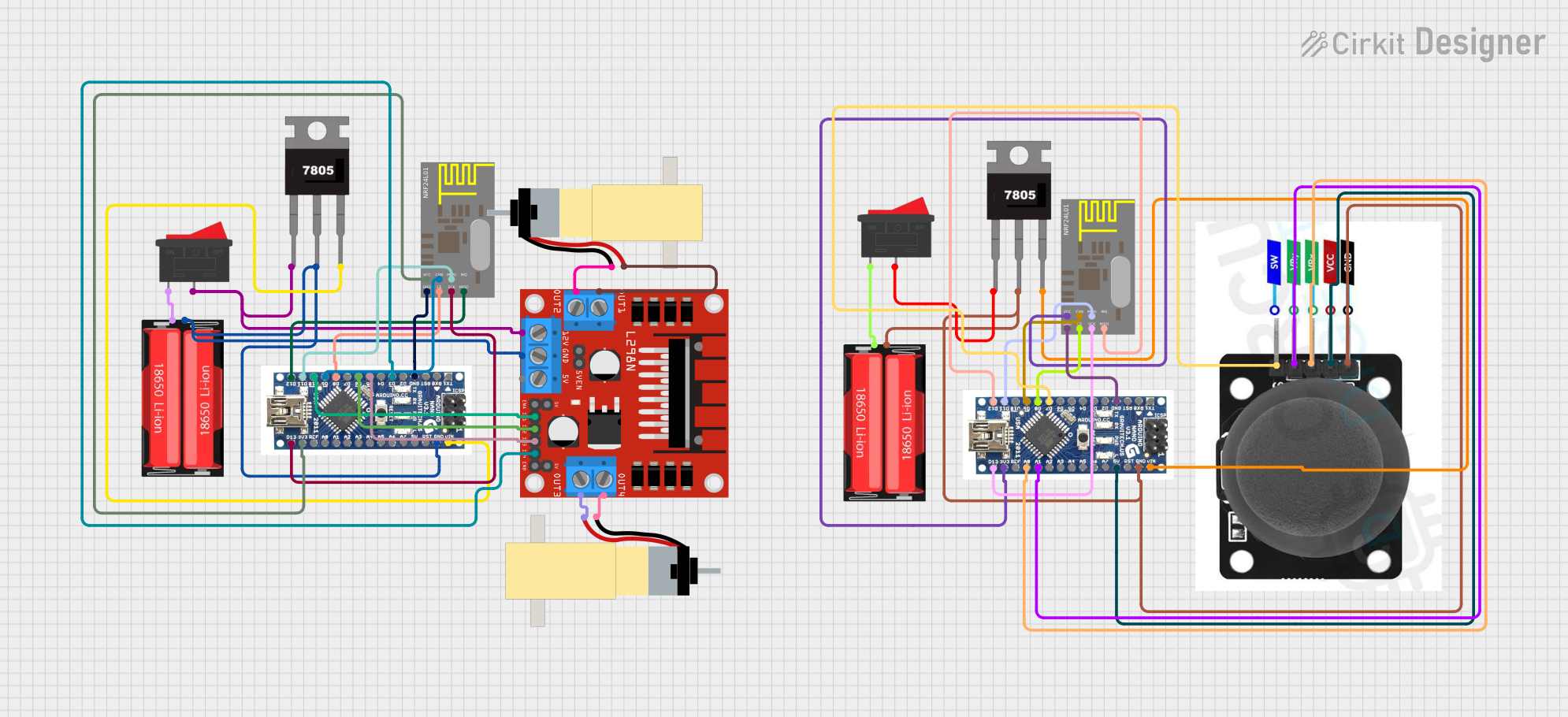
 Open Project in Cirkit Designer
Open Project in Cirkit Designer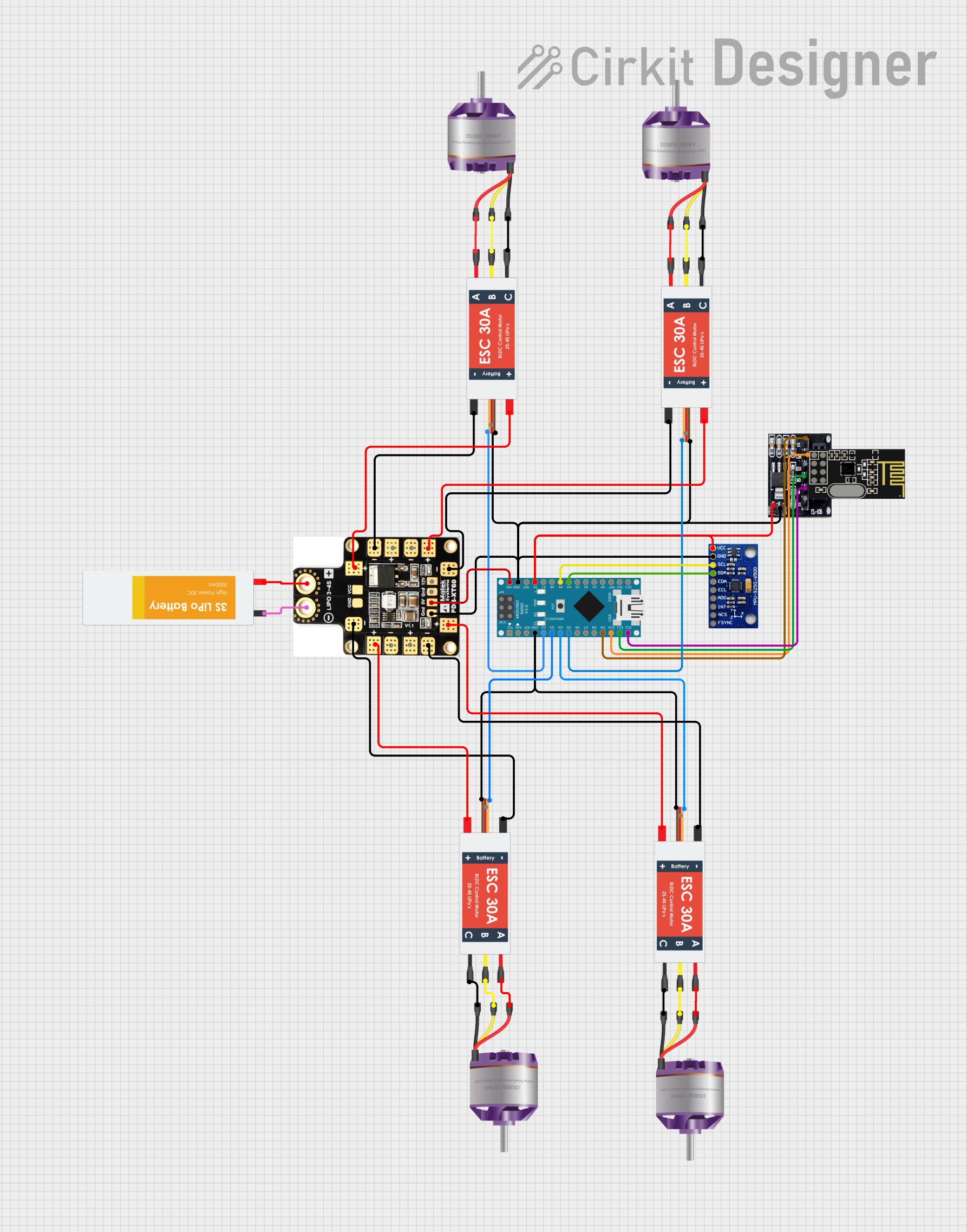
 Open Project in Cirkit Designer
Open Project in Cirkit Designer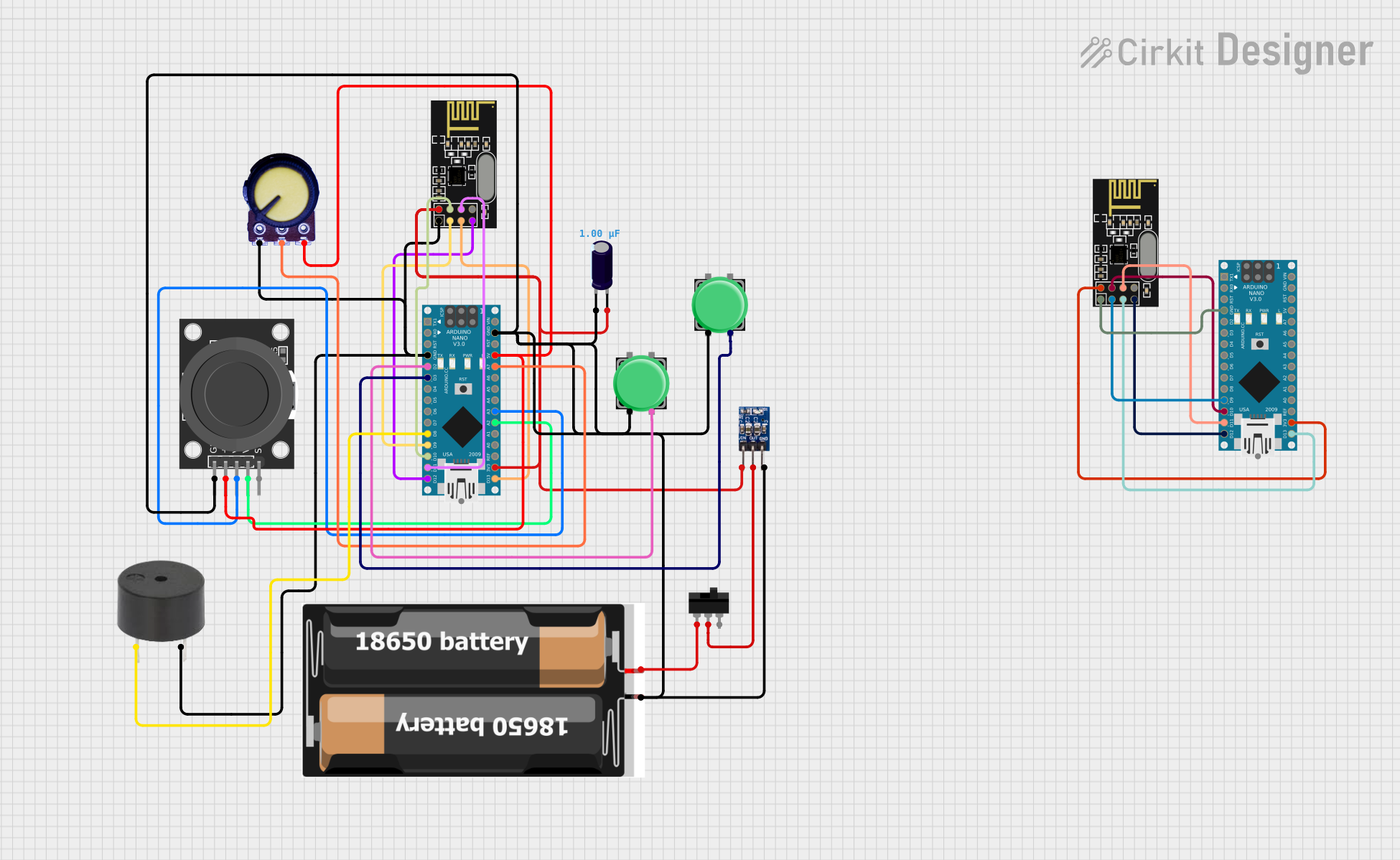
 Open Project in Cirkit Designer
Open Project in Cirkit DesignerExplore Projects Built with Jetson nano

 Open Project in Cirkit Designer
Open Project in Cirkit Designer
 Open Project in Cirkit Designer
Open Project in Cirkit Designer
 Open Project in Cirkit Designer
Open Project in Cirkit Designer
 Open Project in Cirkit Designer
Open Project in Cirkit DesignerCommon Applications and Use Cases
- Robotics and autonomous systems
- Computer vision and image processing
- Natural language processing (NLP)
- Smart home and IoT devices
- Edge AI for real-time data analysis
- AI-powered drones and surveillance systems
Technical Specifications
Key Technical Details
| Specification | Details |
|---|---|
| CPU | Quad-core ARM Cortex-A57 |
| GPU | 128-core NVIDIA Maxwell |
| Memory | 4 GB LPDDR4 |
| Storage | microSD card slot (user-provided) |
| Connectivity | Gigabit Ethernet, GPIO, I2C, I2S, SPI, UART |
| Power Input | 5V/4A (via barrel jack or micro-USB) |
| Operating System | Ubuntu-based NVIDIA JetPack SDK |
| Dimensions | 100 mm x 80 mm |
| Weight | ~140 grams |
Pin Configuration and Descriptions
The Jetson Nano features a 40-pin GPIO header, similar to the Raspberry Pi, for interfacing with external devices. Below is a summary of the pin configuration:
| Pin Number | Pin Name | Description |
|---|---|---|
| 1 | 3.3V Power | 3.3V power output |
| 2 | 5V Power | 5V power output |
| 3 | GPIO2 (I2C SDA) | General-purpose I/O or I2C data line |
| 4 | 5V Power | 5V power output |
| 5 | GPIO3 (I2C SCL) | General-purpose I/O or I2C clock line |
| 6 | Ground | Ground |
| 7 | GPIO4 | General-purpose I/O |
| 8 | GPIO14 (UART TX) | UART transmit line |
| 9 | Ground | Ground |
| 10 | GPIO15 (UART RX) | UART receive line |
| ... | ... | ... (Refer to the official pinout diagram) |
For the full pinout, refer to the official NVIDIA Jetson Nano documentation.
Usage Instructions
How to Use the Jetson Nano in a Circuit
Powering the Jetson Nano:
- Use a 5V/4A power supply via the barrel jack for optimal performance.
- Alternatively, power the device via the micro-USB port (not recommended for high-power applications).
Connecting Peripherals:
- Attach a monitor via the HDMI or DisplayPort interface.
- Connect a keyboard and mouse to the USB ports.
- Insert a microSD card with the JetPack OS pre-installed.
Interfacing with GPIO:
- Use the 40-pin GPIO header to connect sensors, actuators, or other peripherals.
- Ensure proper voltage levels (3.3V logic) to avoid damaging the board.
Running AI Models:
- Install AI frameworks like TensorFlow, PyTorch, or OpenCV using the JetPack SDK.
- Deploy pre-trained models or train your own using the GPU for acceleration.
Important Considerations and Best Practices
- Cooling: Attach a heatsink or fan to prevent overheating during intensive tasks.
- Power Supply: Use a reliable power source to avoid instability or performance throttling.
- Static Protection: Handle the board with care to prevent electrostatic discharge (ESD) damage.
- Software Updates: Regularly update the JetPack SDK to access the latest features and security patches.
Example: Using the Jetson Nano with an Arduino UNO
The Jetson Nano can communicate with an Arduino UNO via UART. Below is an example Python script to send data from the Jetson Nano to the Arduino:
import serial
import time
Initialize serial communication with the Arduino
Replace '/dev/ttyTHS1' with the correct UART port on the Jetson Nano
arduino = serial.Serial('/dev/ttyTHS1', baudrate=9600, timeout=1)
Wait for the connection to initialize
time.sleep(2)
Send data to the Arduino
try: while True: arduino.write(b'Hello, Arduino!\n') # Send a message print("Message sent to Arduino") time.sleep(1) # Wait 1 second before sending the next message except KeyboardInterrupt: print("Exiting program") finally: arduino.close() # Close the serial connection
**Note**: Ensure the Jetson Nano's UART pins are connected to the Arduino's RX and TX pins, and that both devices share a common ground.
Troubleshooting and FAQs
Common Issues and Solutions
Jetson Nano does not boot:
- Ensure the microSD card is properly inserted and contains a valid JetPack OS image.
- Verify the power supply provides sufficient current (5V/4A recommended).
Overheating during operation:
- Attach a heatsink or active cooling fan to the module.
- Avoid running intensive tasks for extended periods without proper cooling.
GPIO pins not responding:
- Check the pin configuration and ensure the correct pin mode is set in your code.
- Verify that the connected device operates at 3.3V logic levels.
No display output:
- Confirm the HDMI/DisplayPort cable is securely connected.
- Ensure the monitor is powered on and set to the correct input source.
FAQs
Q: Can I power the Jetson Nano via USB?
A: Yes, but it is not recommended for high-power applications as USB power may cause instability.
Q: What AI frameworks are supported?
A: The Jetson Nano supports popular frameworks like TensorFlow, PyTorch, Caffe, and OpenCV.
Q: Can I use the Jetson Nano for real-time object detection?
A: Yes, the 128-core Maxwell GPU provides sufficient power for real-time object detection using models like YOLO or SSD.
Q: How do I update the JetPack SDK?
A: Use the NVIDIA SDK Manager on a host PC to download and flash the latest JetPack version to the microSD card.
For additional support, refer to the official NVIDIA Jetson Nano forums and documentation.